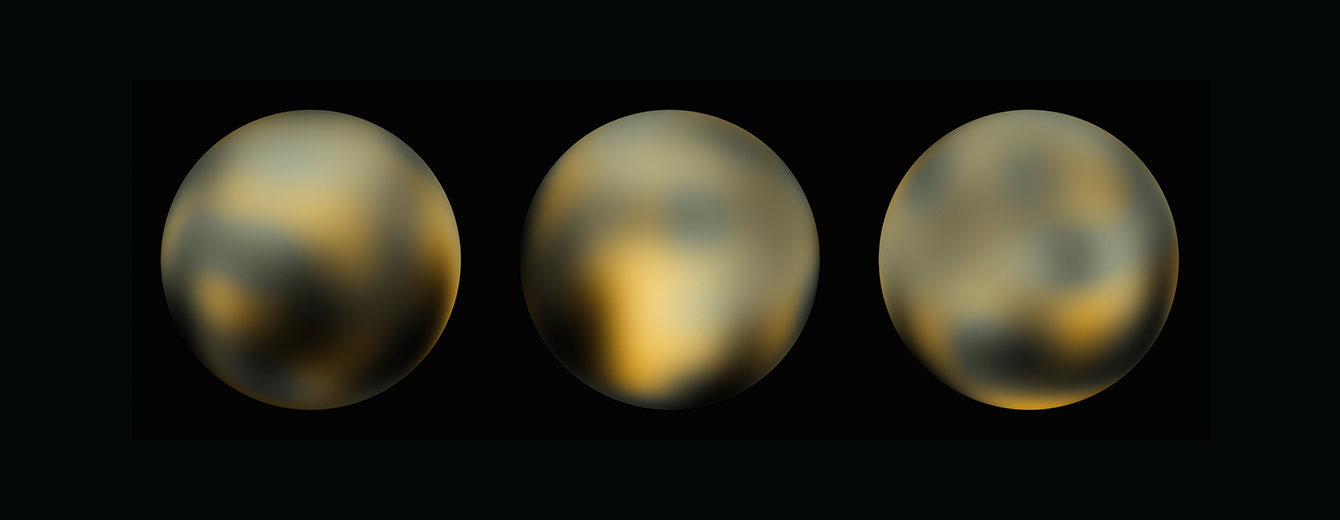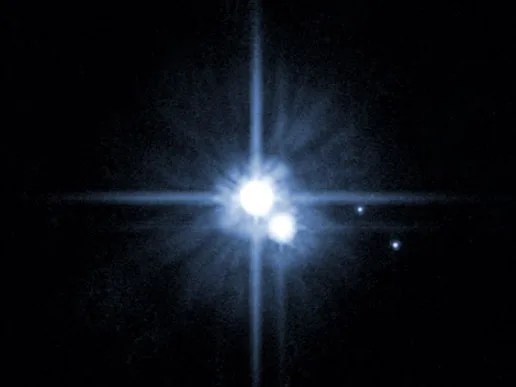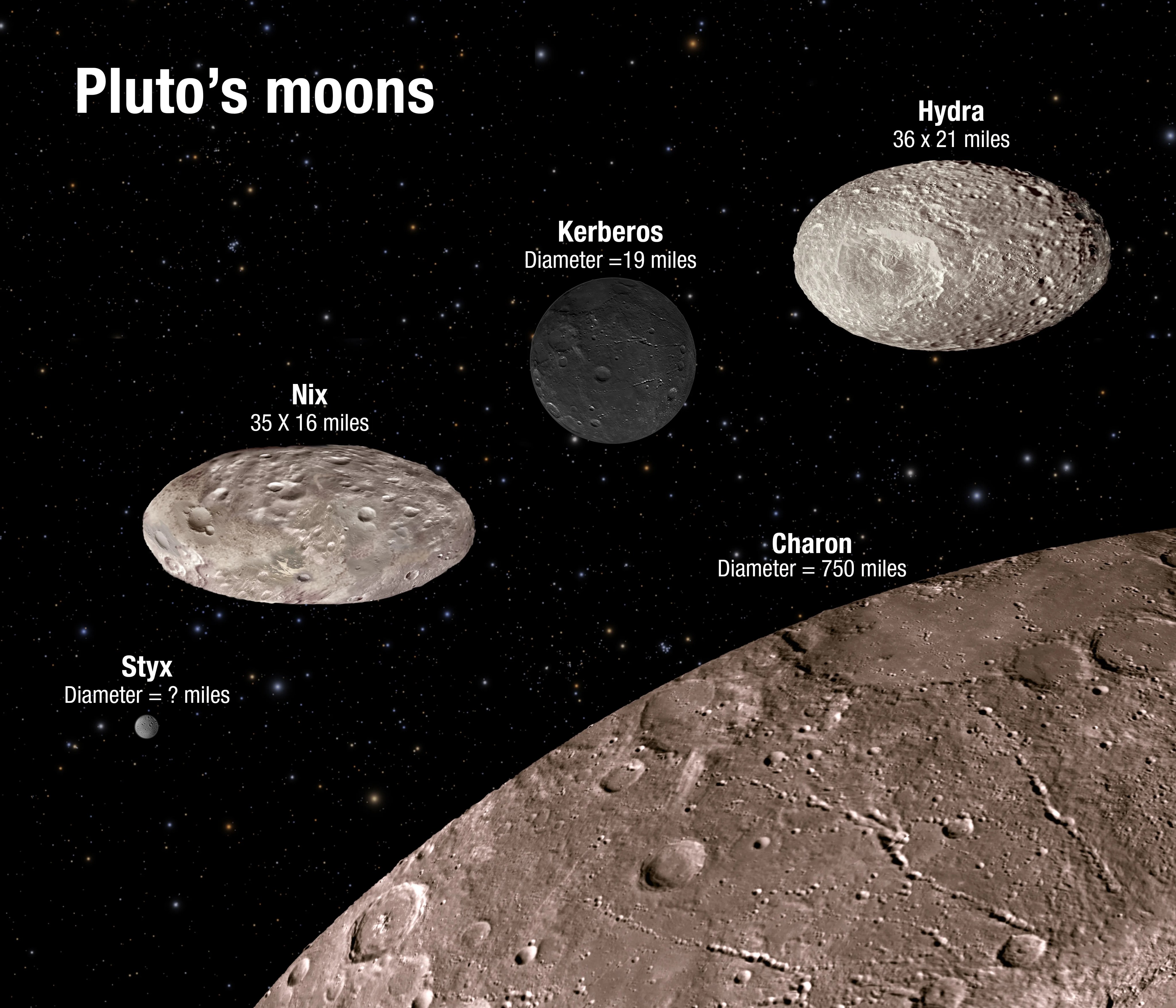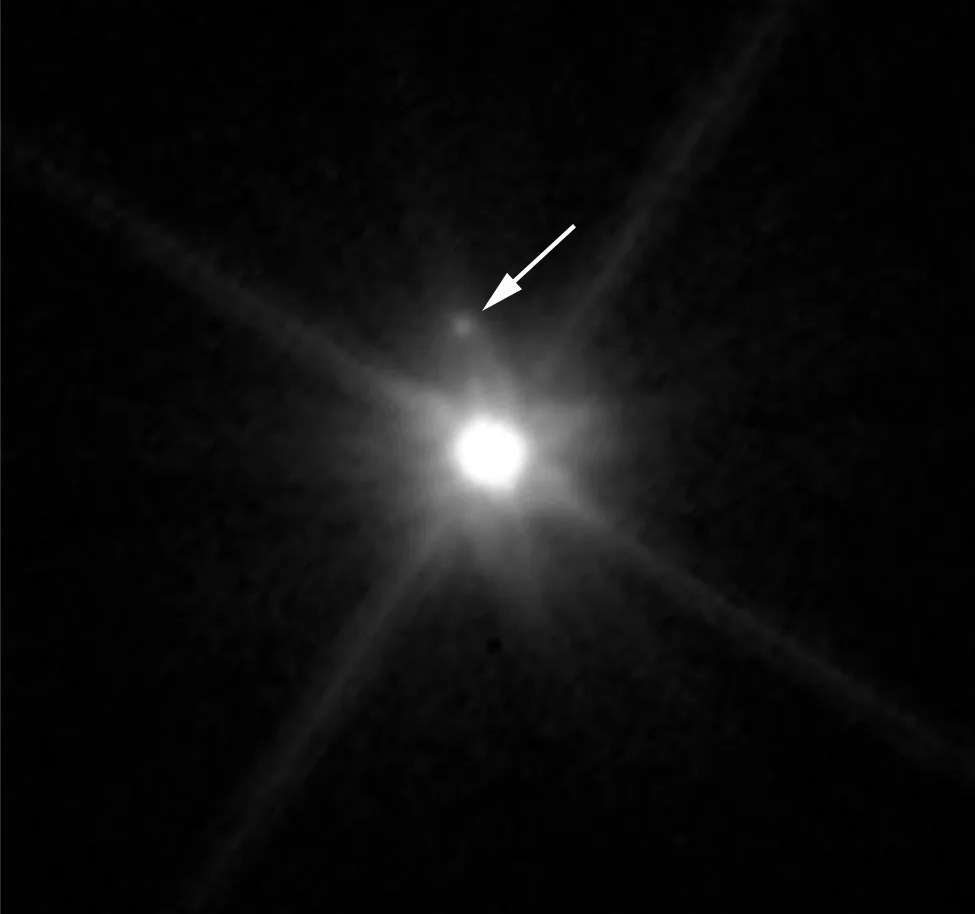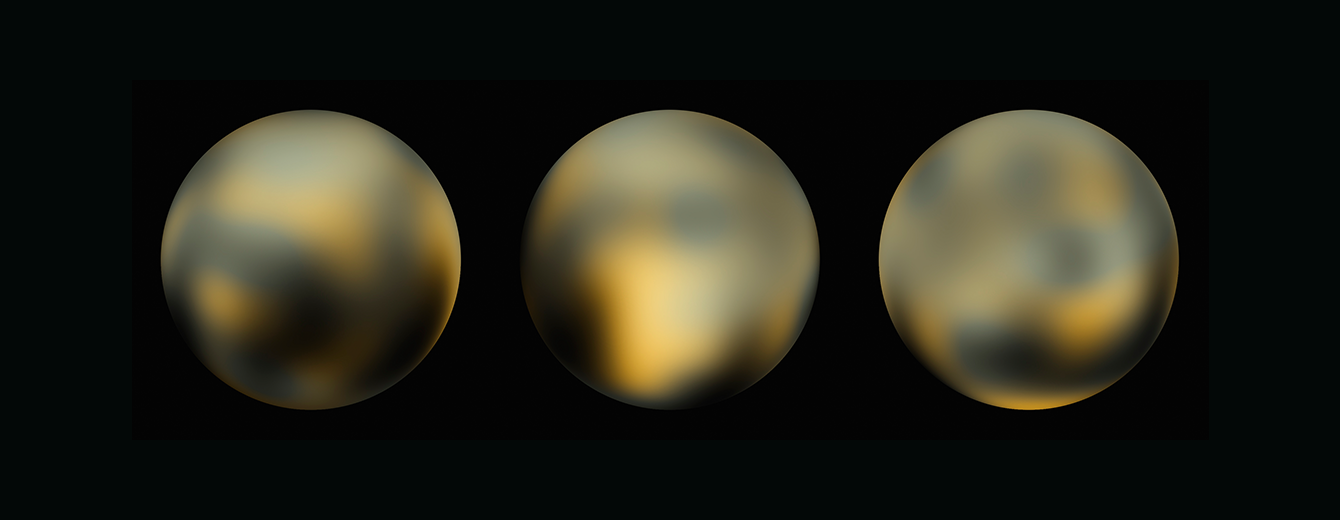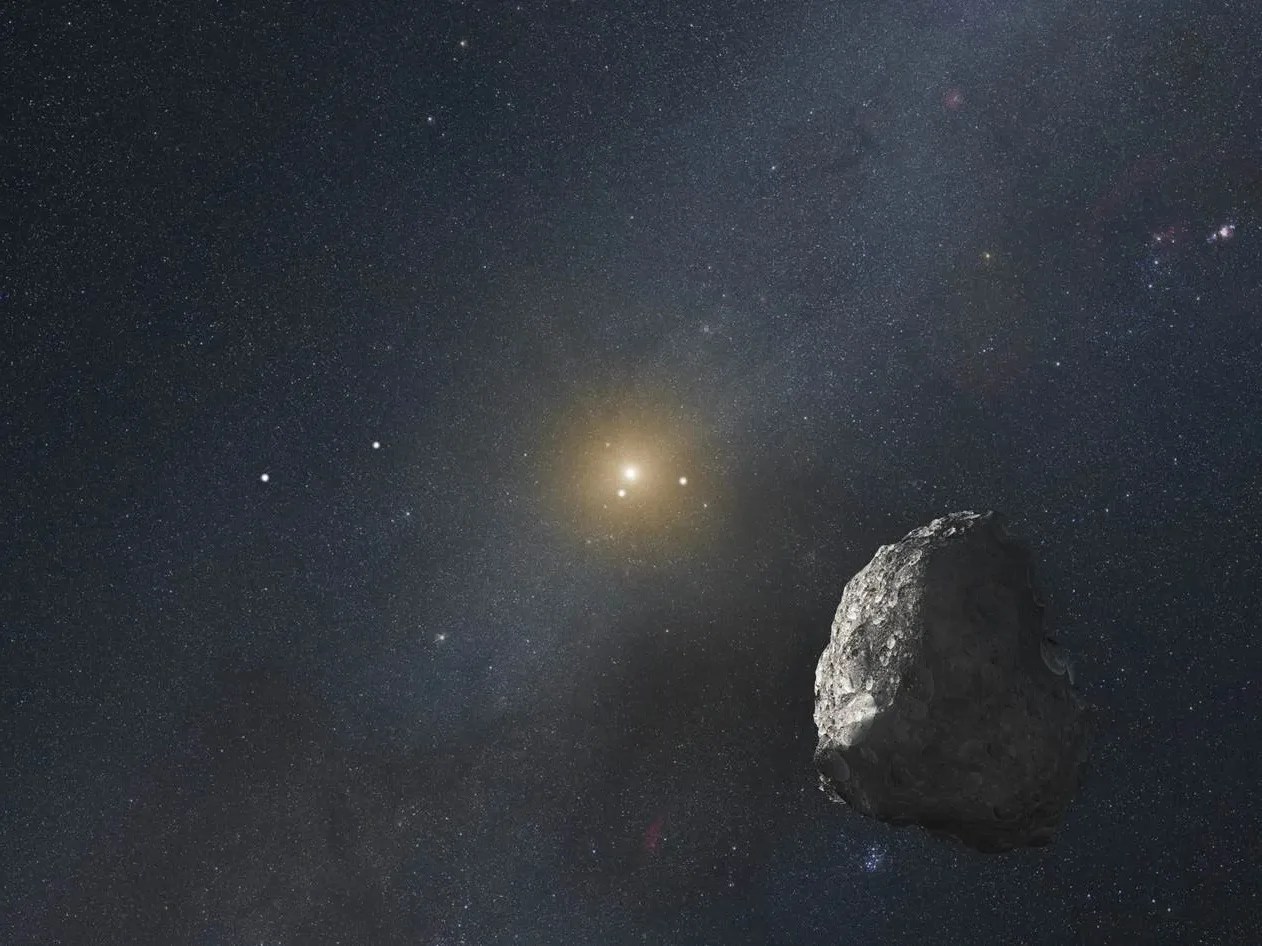While probing the dwarf planet Pluto on the outskirts of our solar system, Hubble spied four previously unknown moons orbiting the icy world. The tiny moons Nix and Hydra were the first to be spotted, followed by the even tinier Kerberos and Styx. Astronomers later discovered that Nix and Hydra are rotating chaotically – that is, unpredictably – as they orbit the dwarf planet.
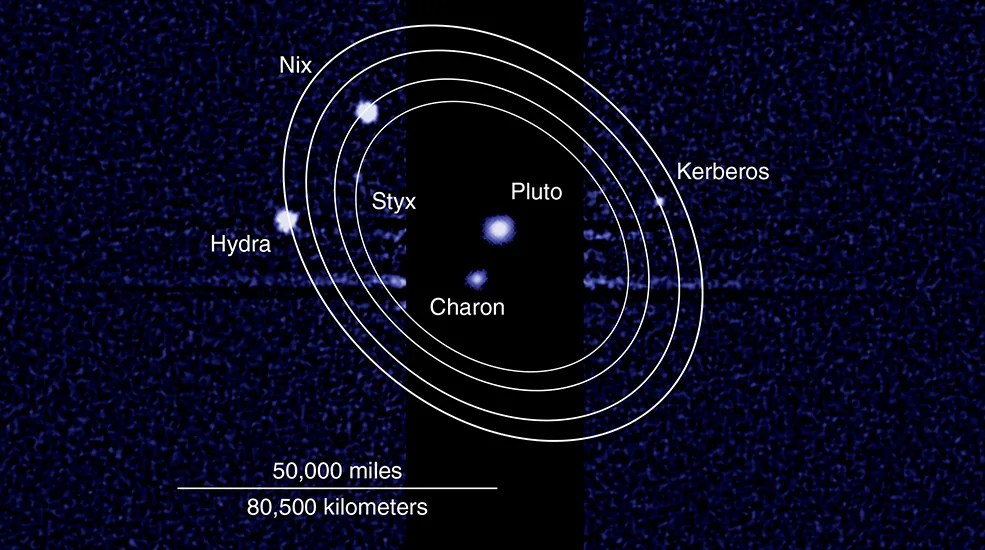
NASA’s New Horizons spacecraft shot past Pluto in July 2015, making detailed observations of its surprisingly varied and intriguing surface. Hubble played a critical role in helping astronomers prepare for the flyby. With frequent observations of Pluto from the early 1990s to 2010, scientists refined maps of the dwarf planet’s surface. New Horizons personnel used these maps to prepare for the spacecraft’s brief but important rendezvous with Pluto and its moons.
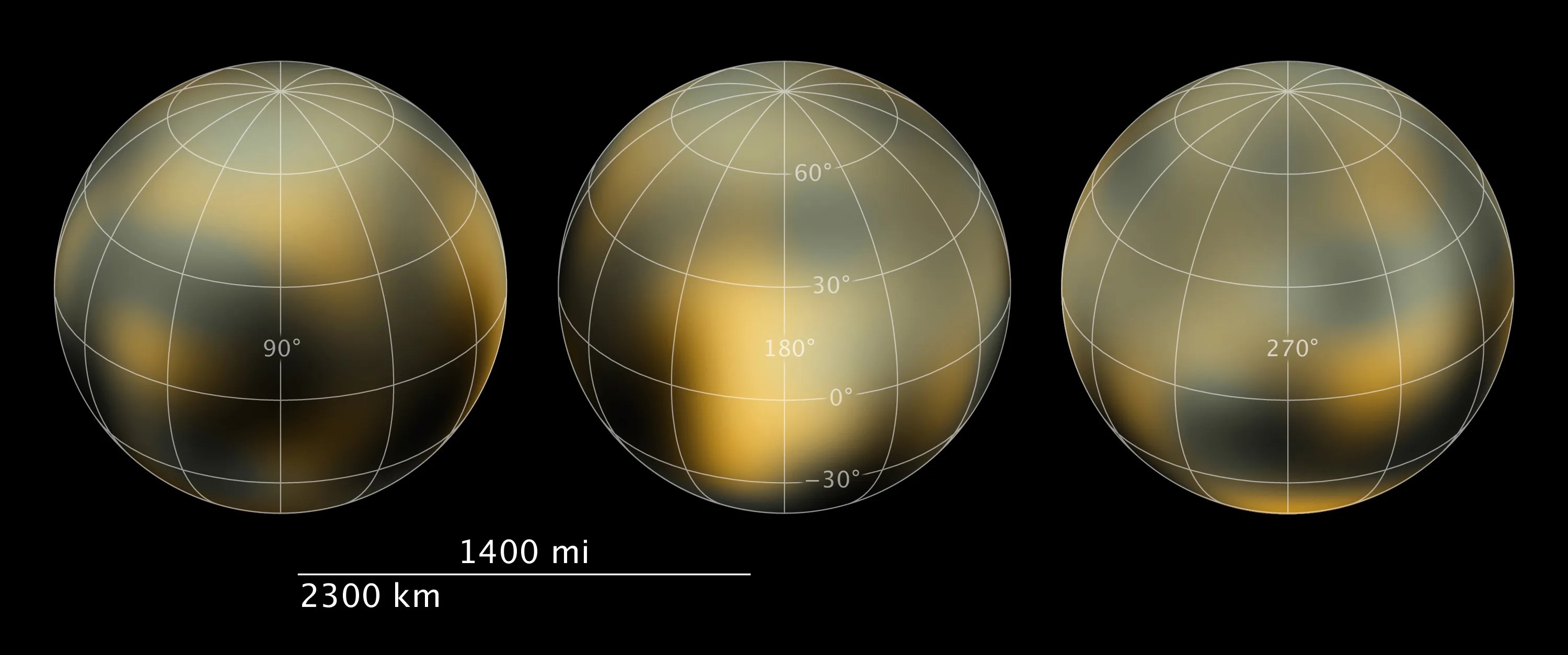
Peering out even farther, to the dim outer reaches of our solar system, Hubble uncovered two Kuiper Belt objects that the New Horizons spacecraft could potentially target on its continual outward journey. The New Horizons mission chose to focus on a Hubble candidate called 2014 MU69. On Jan. 1, 2019, New Horizons flew past the object – now named Arrokoth – capturing up-close imagery that revealed its double-lobed structure in fine detail, complete with fractures and pitting.
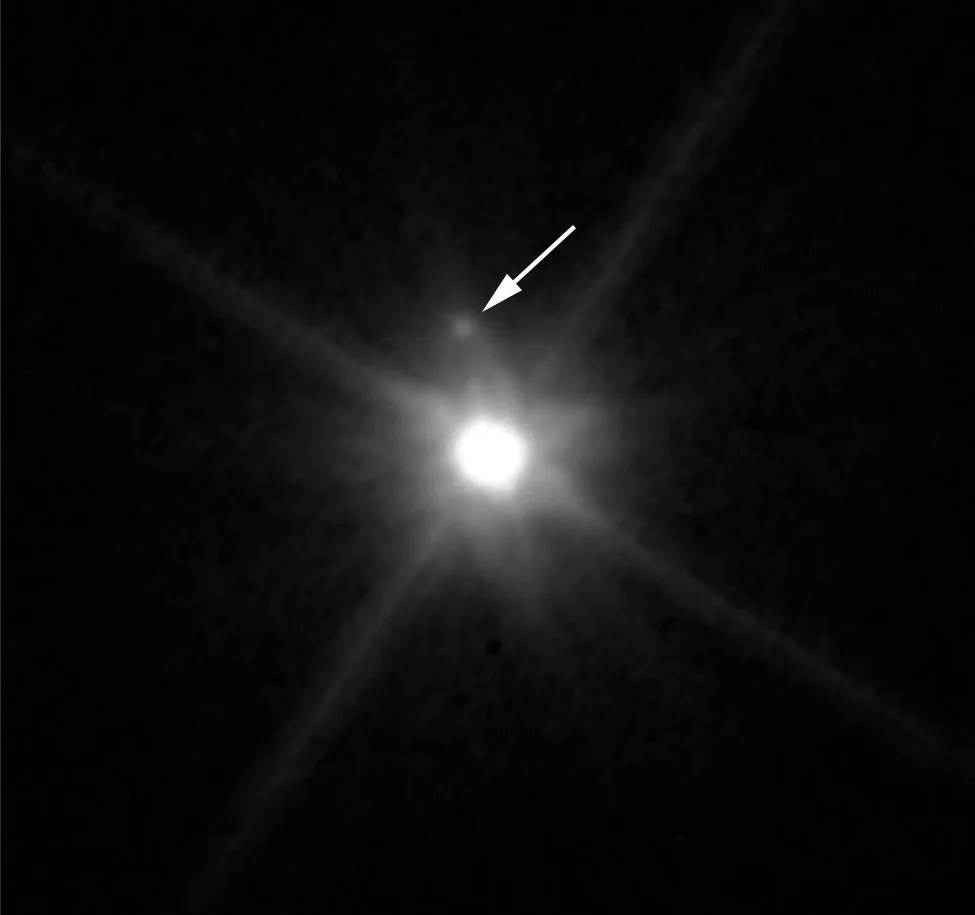
Hubble also discovered a 100-mile-wide moon in orbit around Makemake, the second-brightest icy dwarf planet in the Kuiper Belt. At 4.8 billion miles from the Sun, Makemake was discovered in 2005 using the Palomar Observatory and is approximately 870 miles across. Oddly, the moon, nicknamed MK 2, is as dark as charcoal while Makemake is as bright as fresh snow.
Learn More
Explore Other Hubble Science Highlights
Learn about some of Hubble's most exciting scientific discoveries.
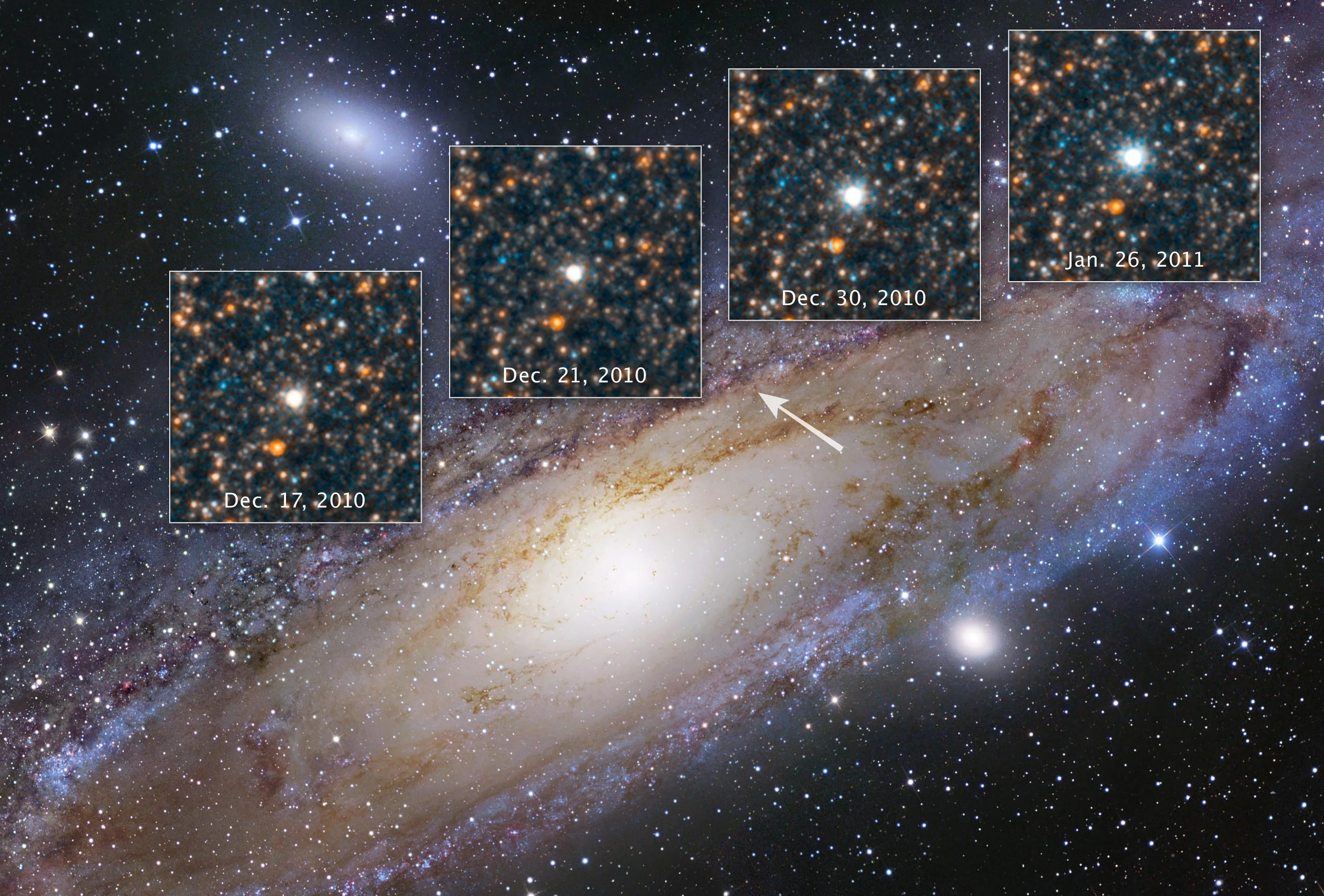
Discovering the Runaway Universe
Our cosmos is growing, and that expansion rate is accelerating.
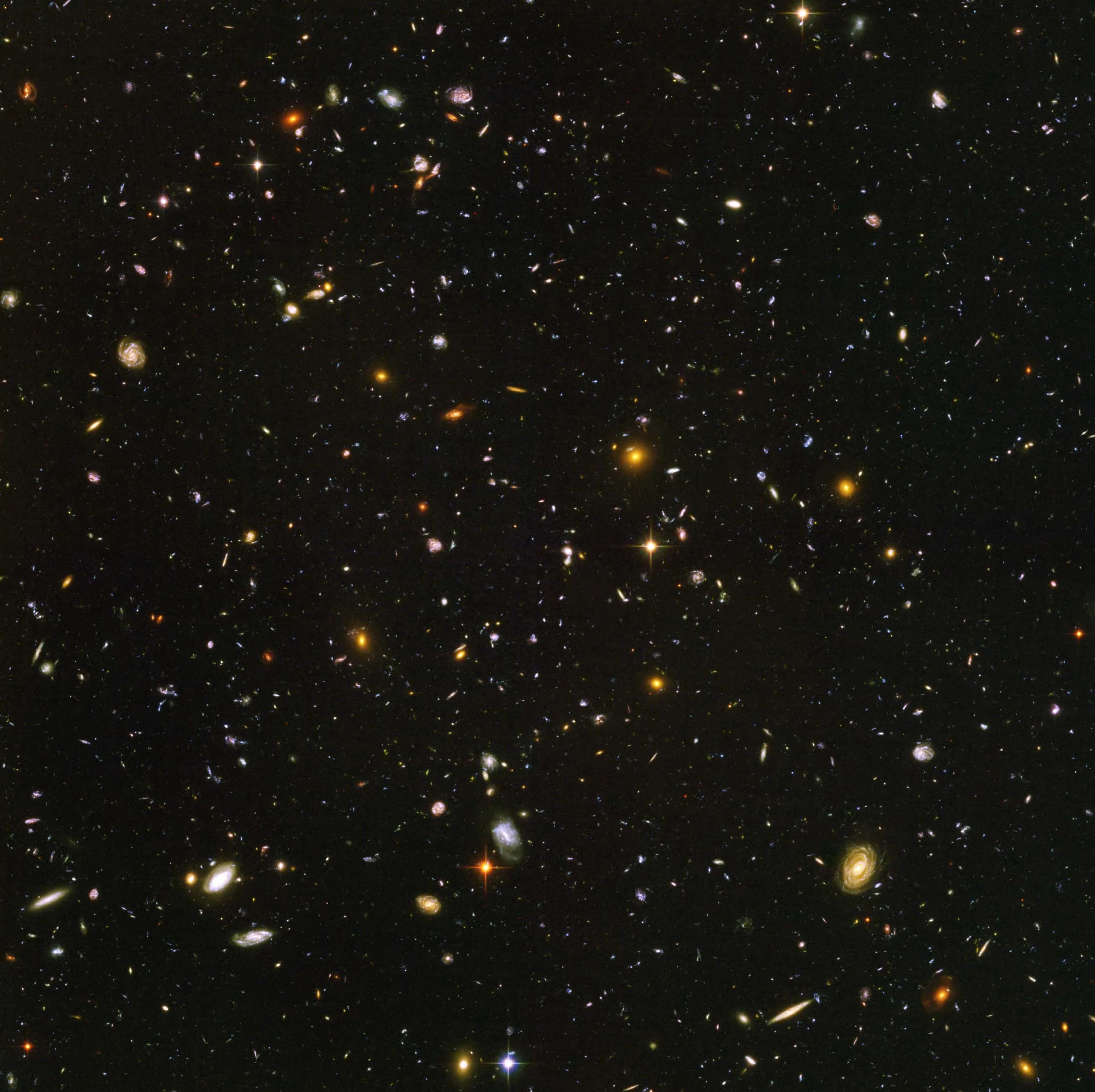
Tracing the Growth of Galaxies
Hubble is instrumental in uncovering the various stages of galactic evolution.
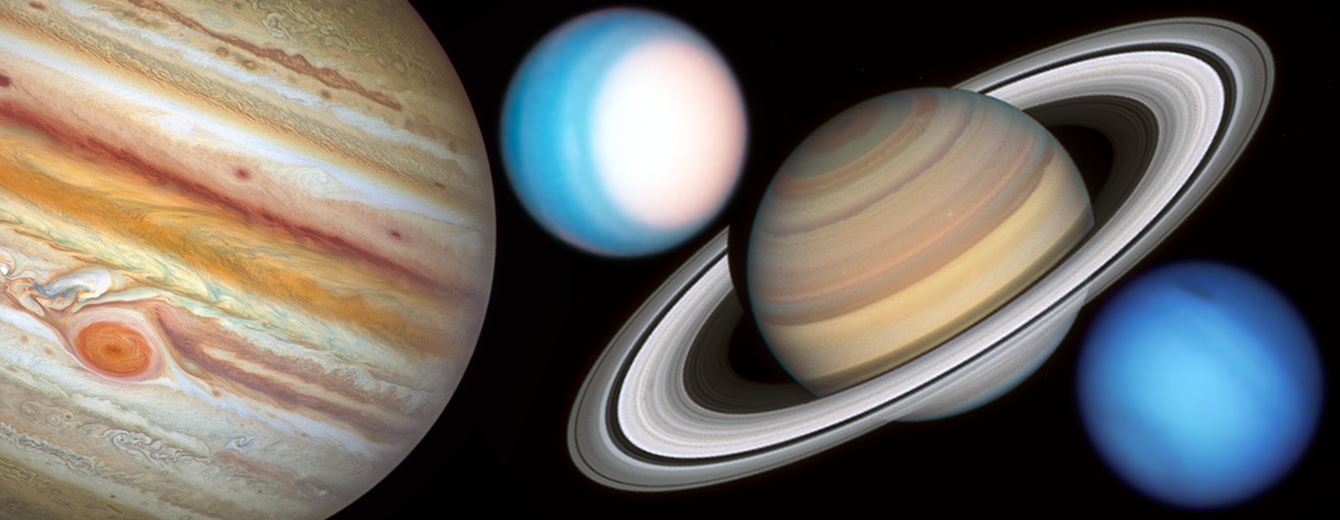
Studying the Outer Planets and Moons
Hubble’s systematic observations chart the ever-changing environments of our solar system's giant planets and their moons.
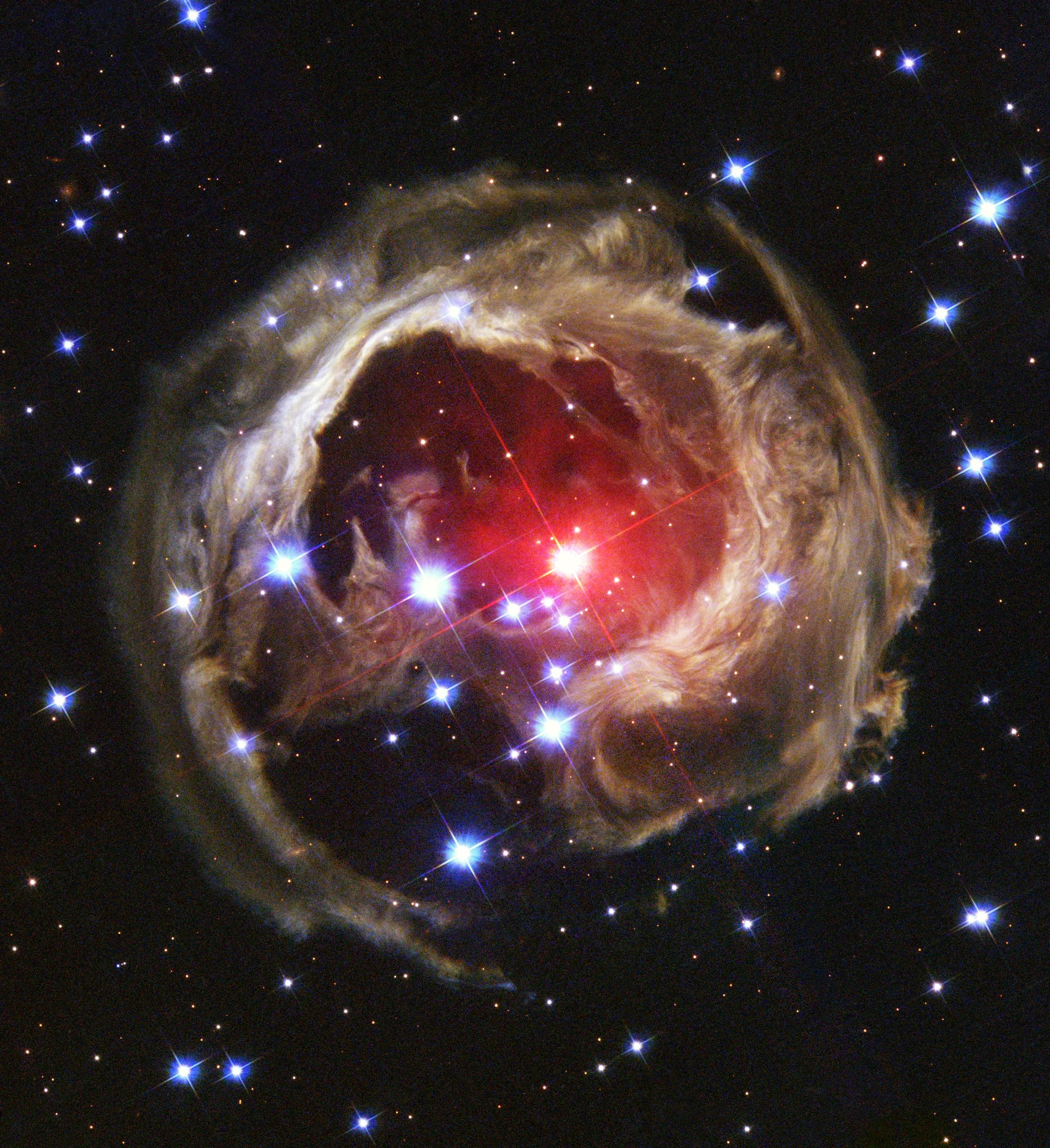
Seeing Light Echoes
Like ripples on a pond, pulses of light reverberate through cosmic clouds forming echoes of light.
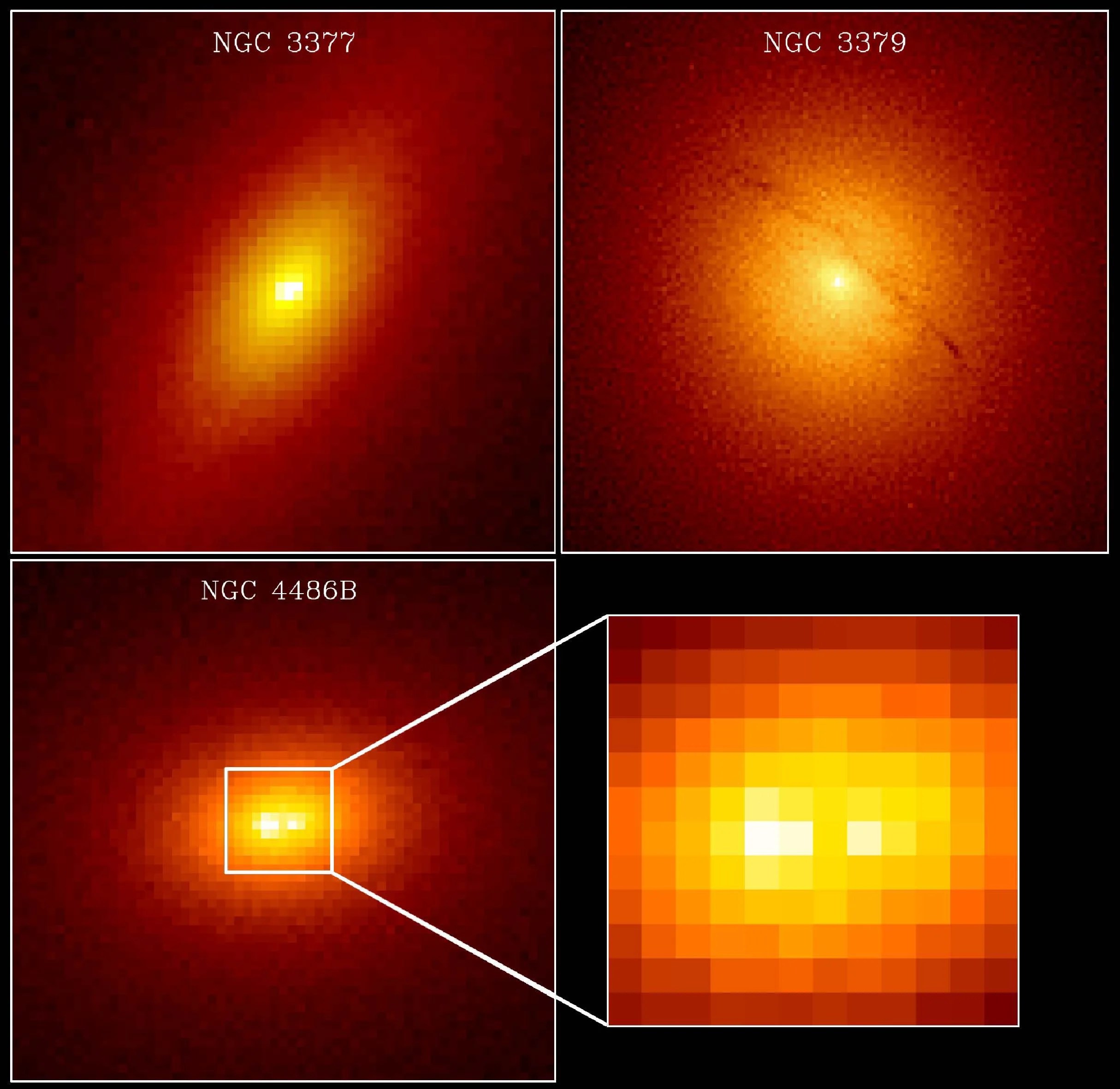
Monster Black Holes are Everywhere
Supermassive black holes lie at the heart of nearly every galaxy.
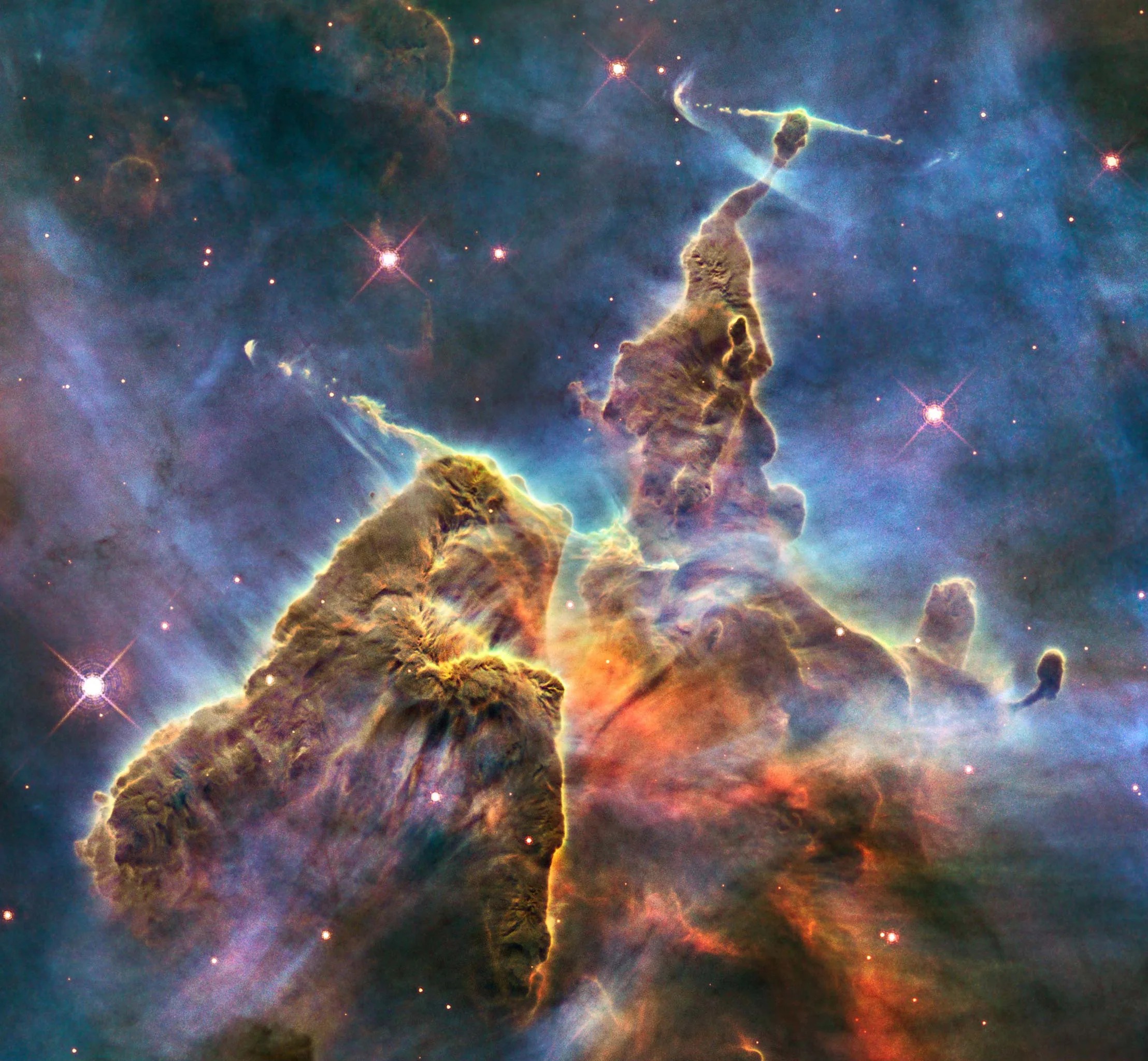
Exploring the Birth of Stars
Hubble’s near-infrared instruments see through the gas and dust clouds surrounding newborn stars.
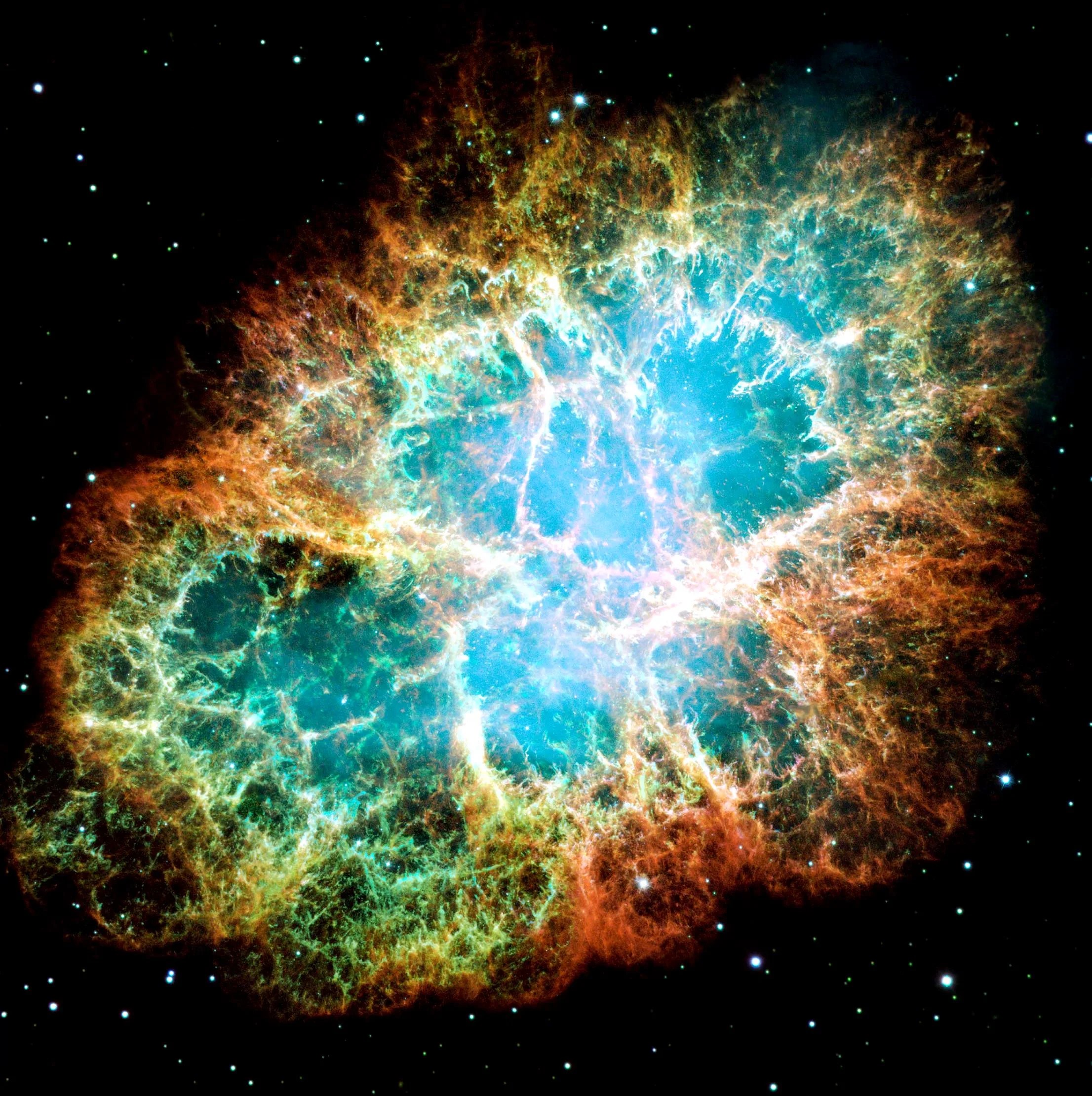
The Death Throws of Stars
From colliding neutron stars to exploding supernovae, Hubble reveals details of some of the mysteries surrounding the deaths of stars.
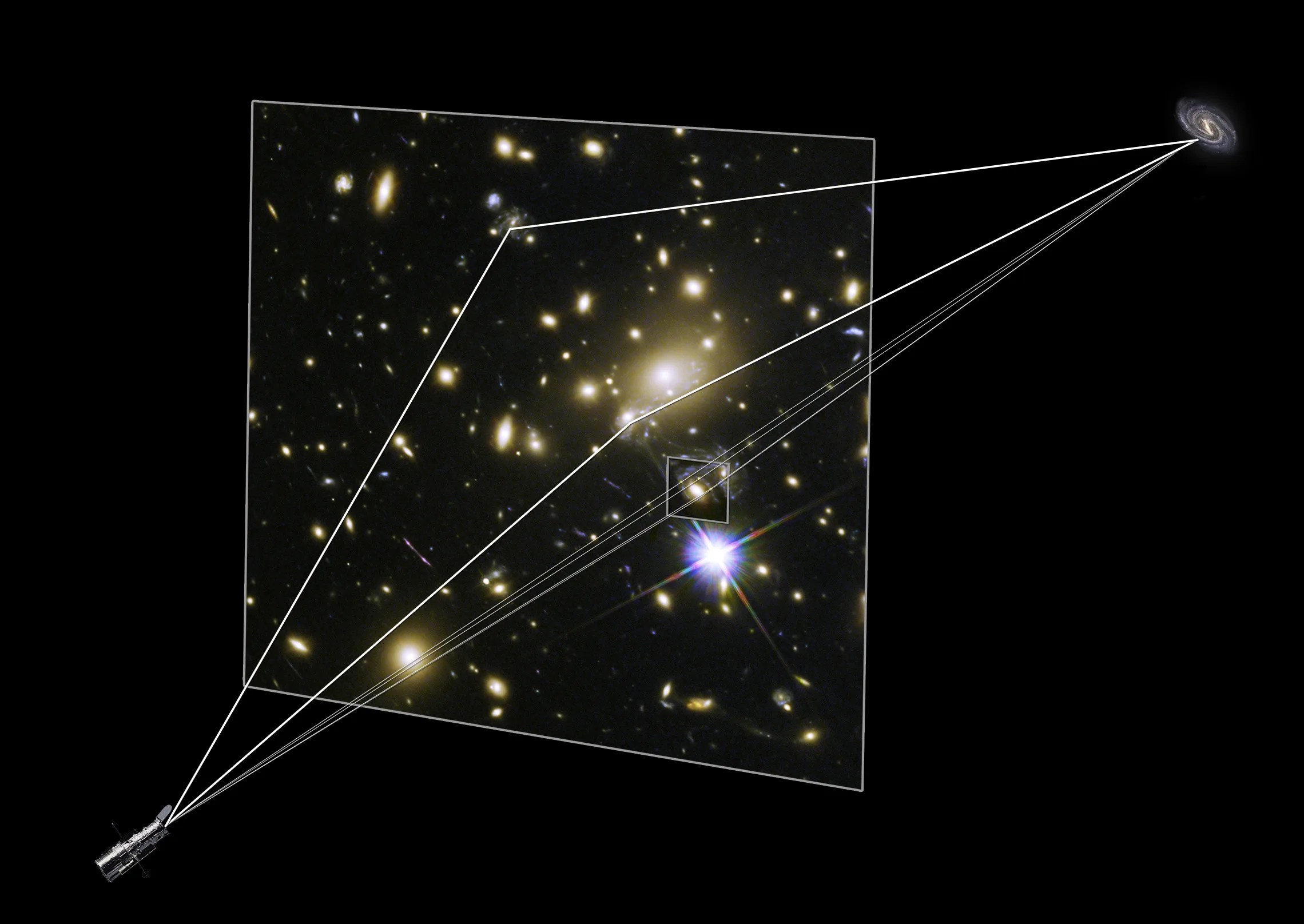
Shining a Light on Dark Matter
Hubble’s observations help astronomers uncover the underlying structure of the universe.
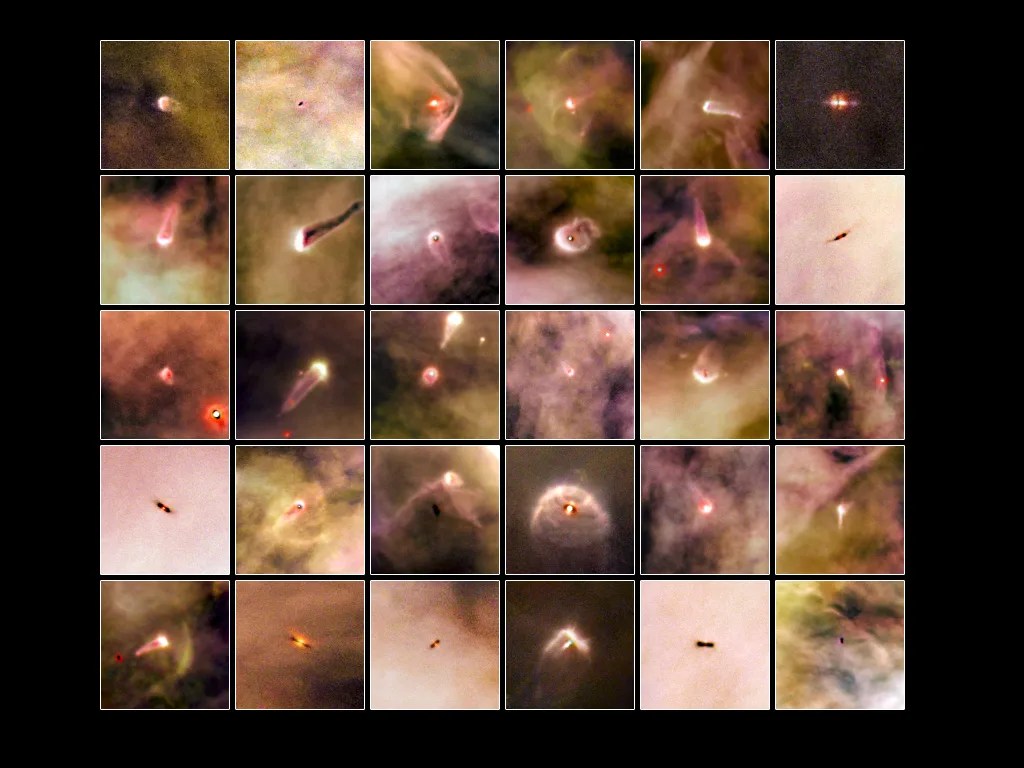
Finding Planetary Construction Zones
Hubble’s sensitivity can reveal great disks of gas and dust around stars.
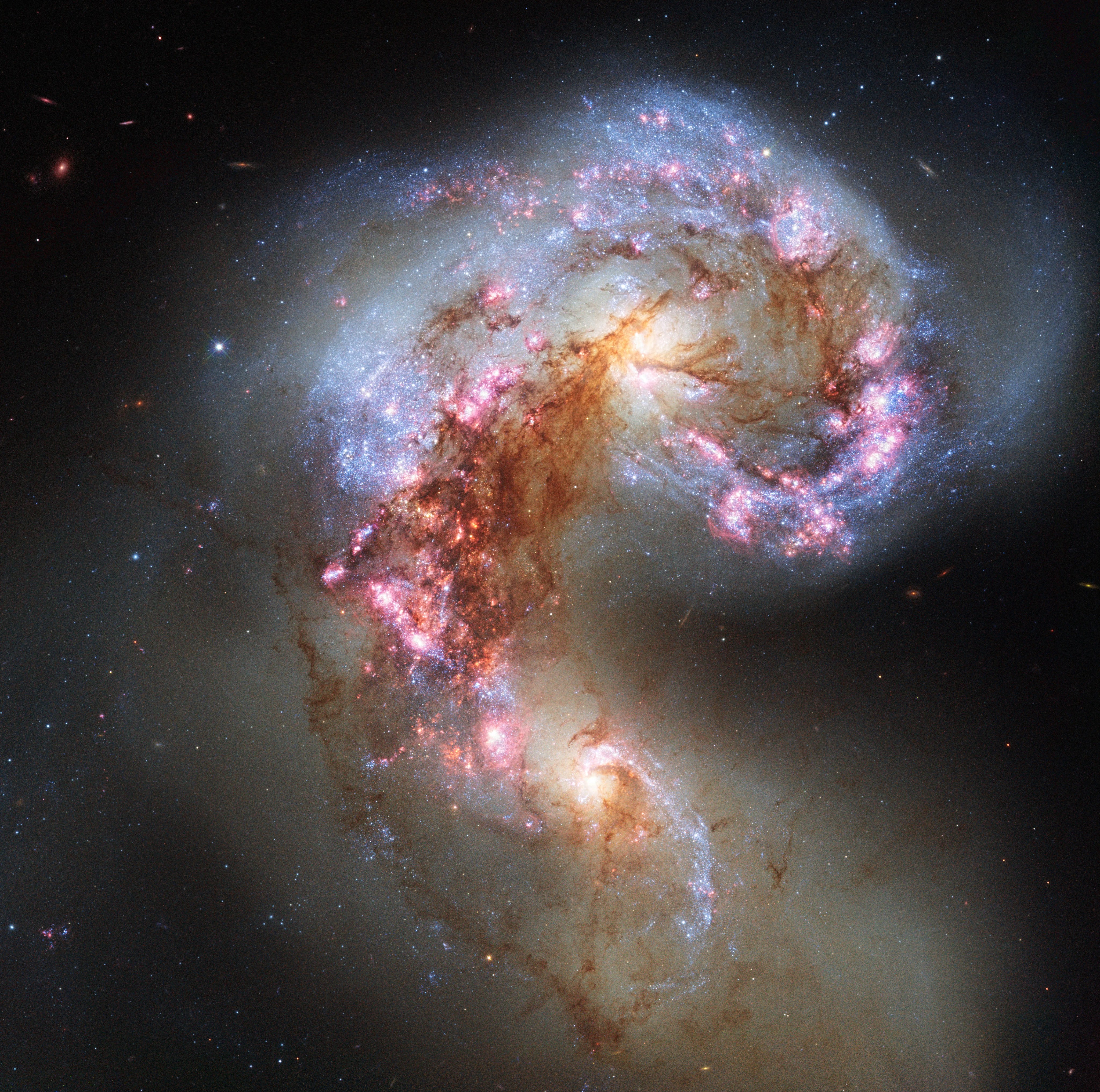
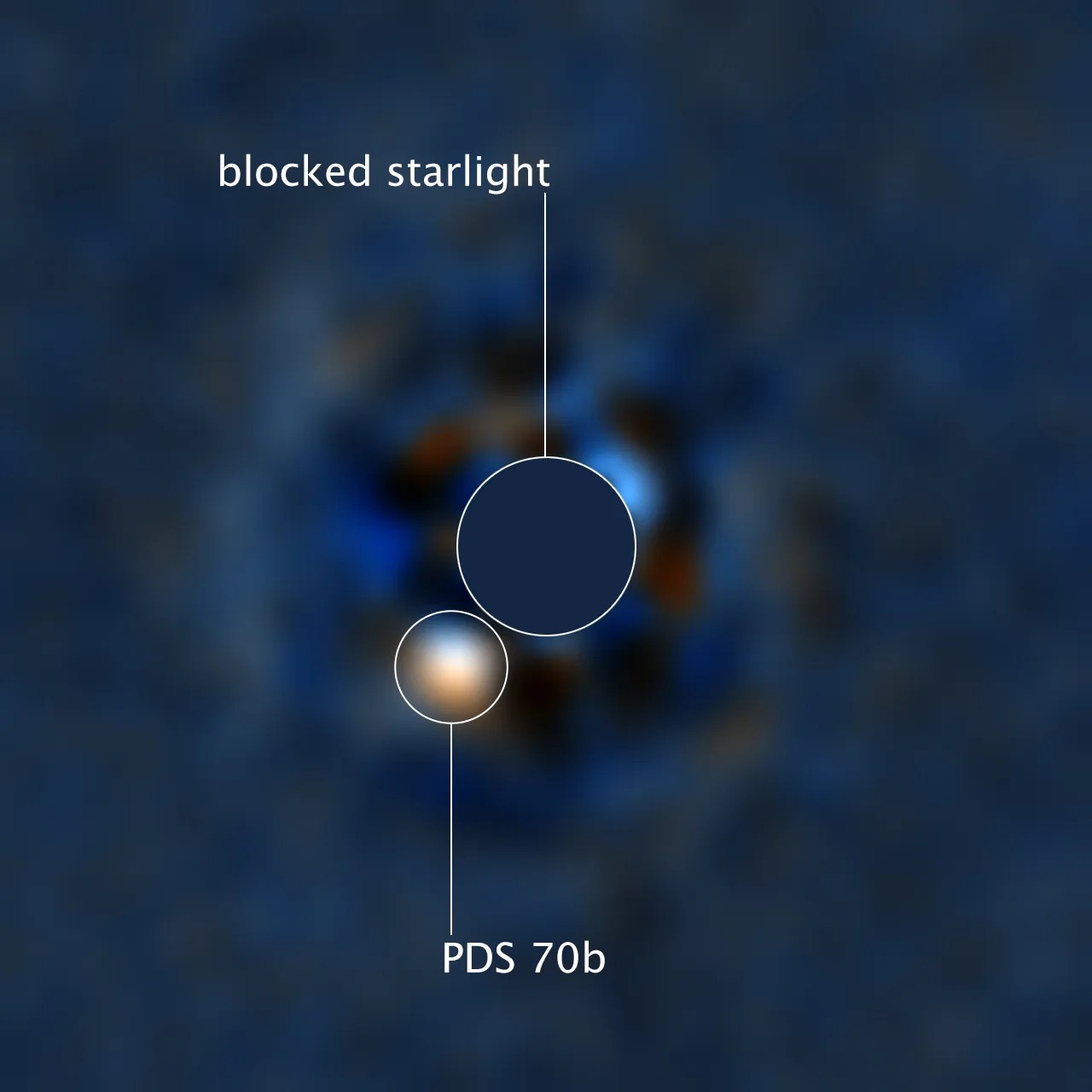
Recognizing Worlds Beyond Our Sun
Hubble’s unique capabilities allow it to explore planetary systems around other stars.
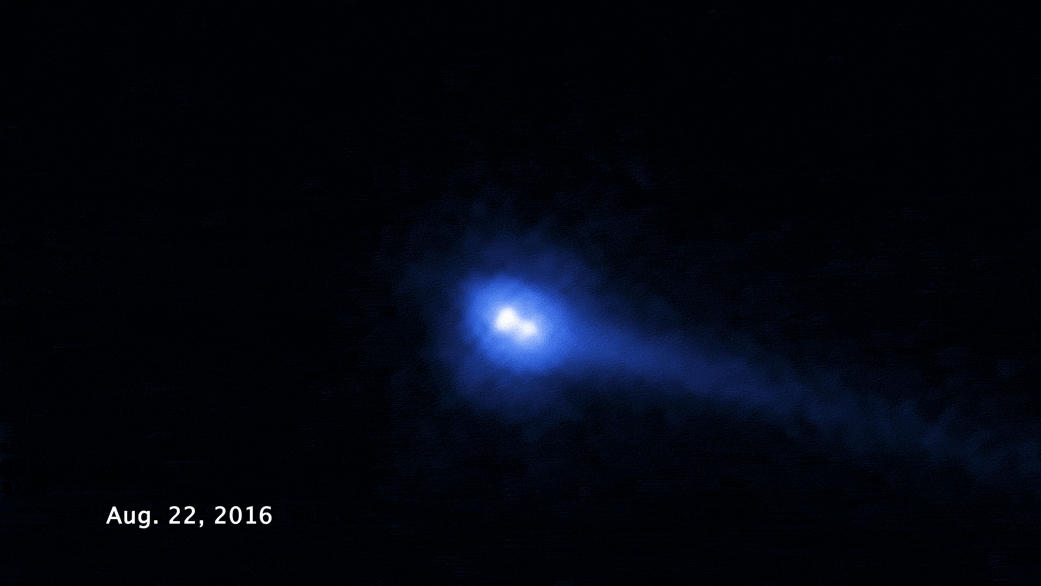
Tracking Evolution in the Asteroid Belt
These conglomerates of rock and ice may hold clues to the early solar system.

